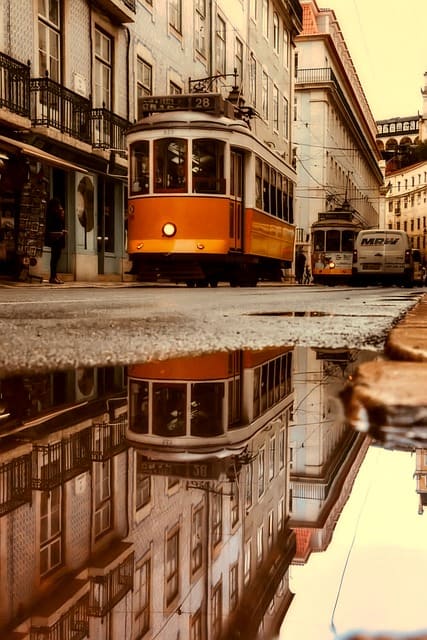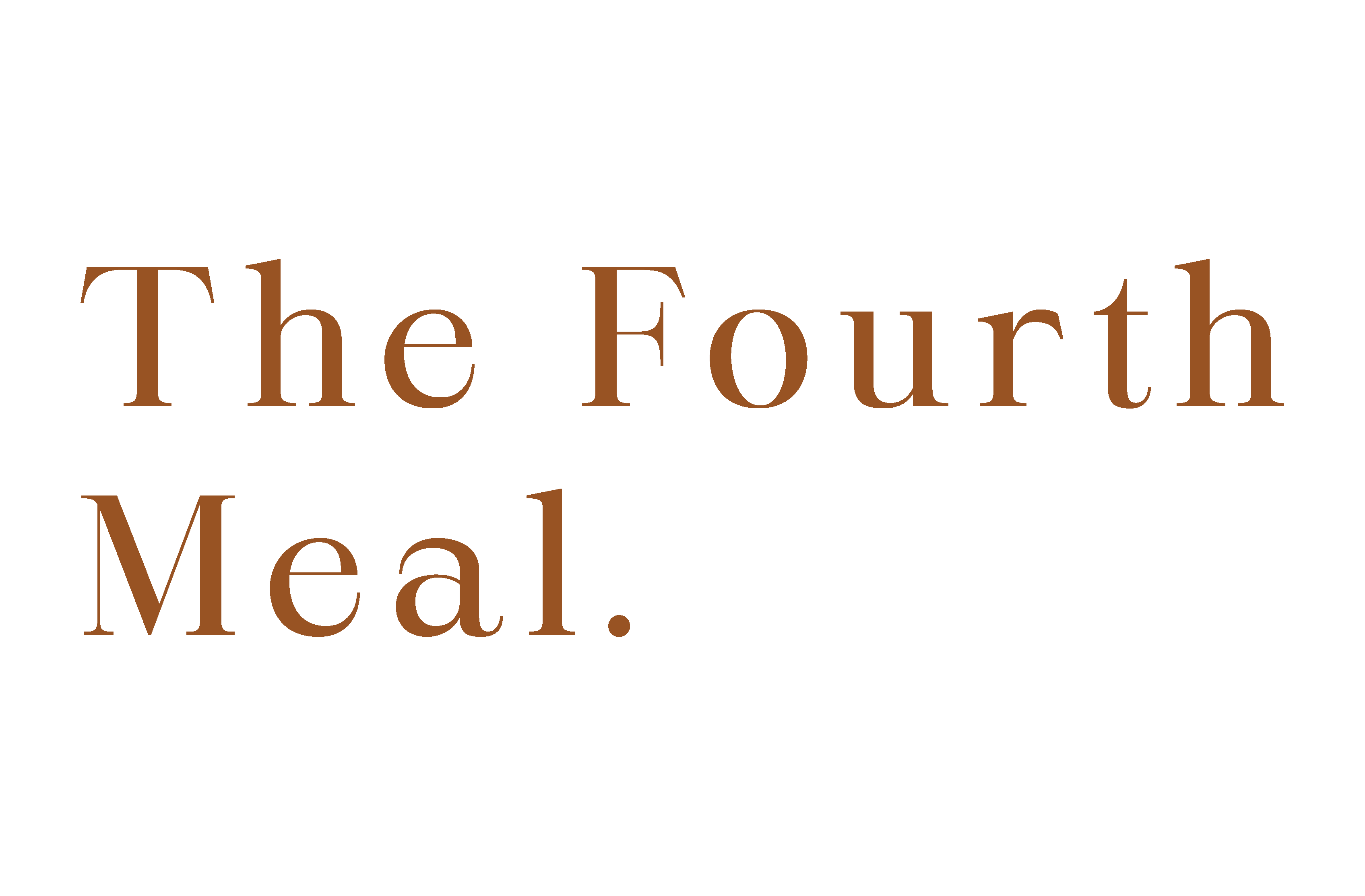FLAVORS OF PORTUGAL
With the oldest borders in the world and known as the doorway to Europe, Portugal has a culture shaped by a rich history. Having been the front runners in the age of discovery and with a presence across 5 continents at one point, it’s no wonder Portuguese cuisine is among the most extensive both in Portugal and the world at large. From Balcalhau to Pastel de Nata, there’s no shortage of flavors unique to this land of explorers.
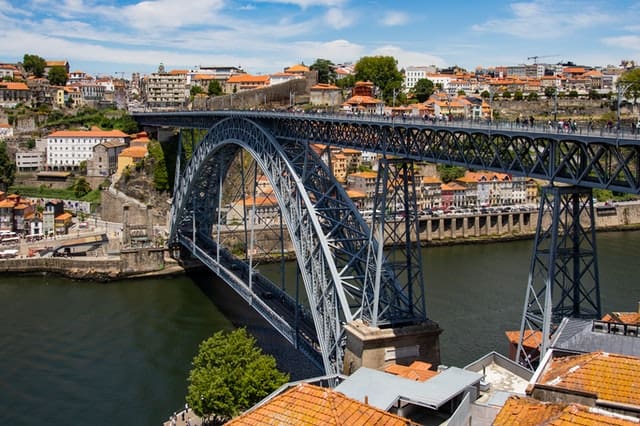
The division of the world
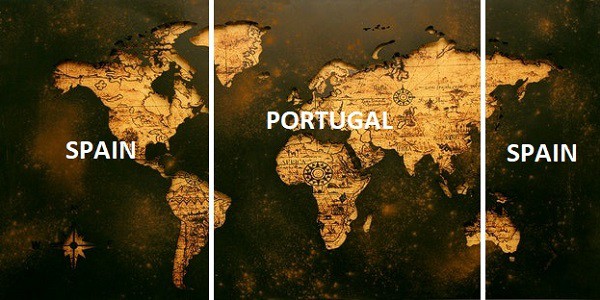
In May 1493, Pope Alexander VI issued the Inter Caetera, A papal bull that allowed for the drawing of a demarcation line from pole to pole. It passed through a circle 100 leagues West of Cape Verde Islands. This meant that the new world (of the Americas) would belong to Spain and Africa and India to Portugal. This would later prove unfair as Spain had substantially more territory than Portugal. To fix this, The treaty of Tordesillas was drafted on June 7, 1494. This shifted the demarcation line from 100 to 370 leagues West of the Cape Verve Islands and is what allowed the Portugues explorer Alvarez Cabral the claim Terra da Vera Cruz, now known as Brazil.
Age of discovery
The age of discovery/exploration started in the 15th century and was centered in Europe. Italian Merchants traded spices & other goods with Asia. As the Ottoman Empire expanded, trade became difficult and competition in Europe increased as interest in trade with Asia grew. Since it was believed that Aisa was rich in Spices & Gold, a direct route between Europe & Asia was thought necessary.
Portugal (small, poor & seemingly insignificant) with the guidance of Prince Henry (Nicknamed the Navigator), became the trailblazers of this voyage, thanks to their sailing knowledge and technological advances in navigation and shipbuilding. Prince Henry the Navigator set a route & established ports along the West African coastline. Followed by Bartolomeu Dias and then Vasco Da Gama, a route to India was discovered. Spain sailed in the opposite direction and “discovered” the new world. The rest of Europe soon followed and set out to Asia and the new world.
Unlike Spain, which was a conquering empire, Portugal was a trading empire and controlled ports and shipping routes along the coast of Africa. This meant that a great part of their wealth came in the form of fees collected from other civilizations. The failure to colonize the inland regions by focusing only on coastal regions (with the exception of Brazil) would prove problematic for the Portuguese in the future.
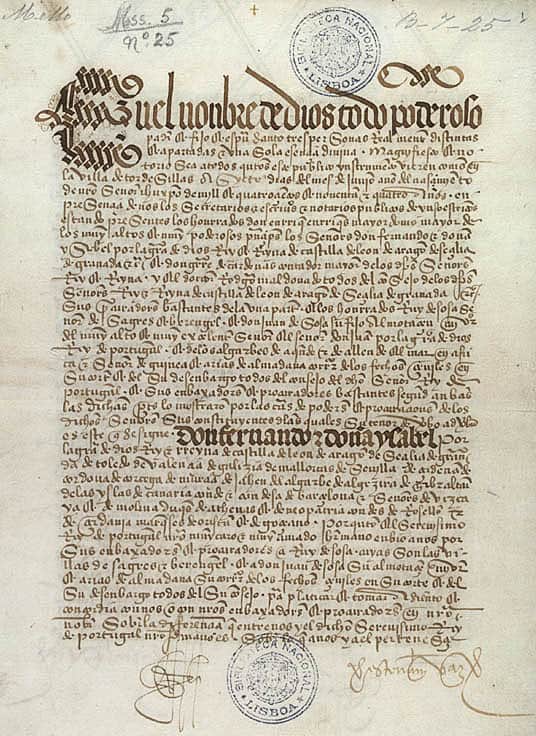
Wealth through trade & slavery
Contrary to popular belief, Africa was not entirely underdeveloped and poor. In fact, it was rich in Food, Salt, Gold & Slaves. Mansa Musa, the king of Mali at the time was known to have an entourage of over 60000 people, include +/- 12000 slaves and enormous amounts of gold. This knowledge of vast amounts of Gold in Africa was what fueled the Portuguese voyage.
Being the first to land their ships along the west coast of Africa, the Portugues became the front runners in what we know today as the transatlantic slave trade. Since slavery was a norm, it seemed fitting for Portugal to add Slaves as part of its trade portfolio. Slaves would be taken from West Africa to Lagos in the South of Portugal, and from there traded across Europe and eventually with the world at large. Through this, Portugal went on to become one of the richest empires in Europe.
While people in less developed countries were taken against their will into slavery, it is important to note that a large number of African civilizations were advanced & powerful & the “taking” of slaves was almost impossible. This meant that cooperation with African rulers was necessary. African rulers traded slaves with Europeans for goods such as weapons, alcohol, etc. These slaves were mostly criminals and captives from rival tribes. It is also important to understand that slavery had been in existence since (arguably) the first century. To say that a certain group is responsible would be to exonerate others. The practices of our ancestors in their times were beliefs seen as a norm.
The influence of Portugal on the world continued to grow through trade and colonization. Throughout centuries the trading of goods, ideas, and human beings shaped the world we know it; including the integration of cultures and foods.
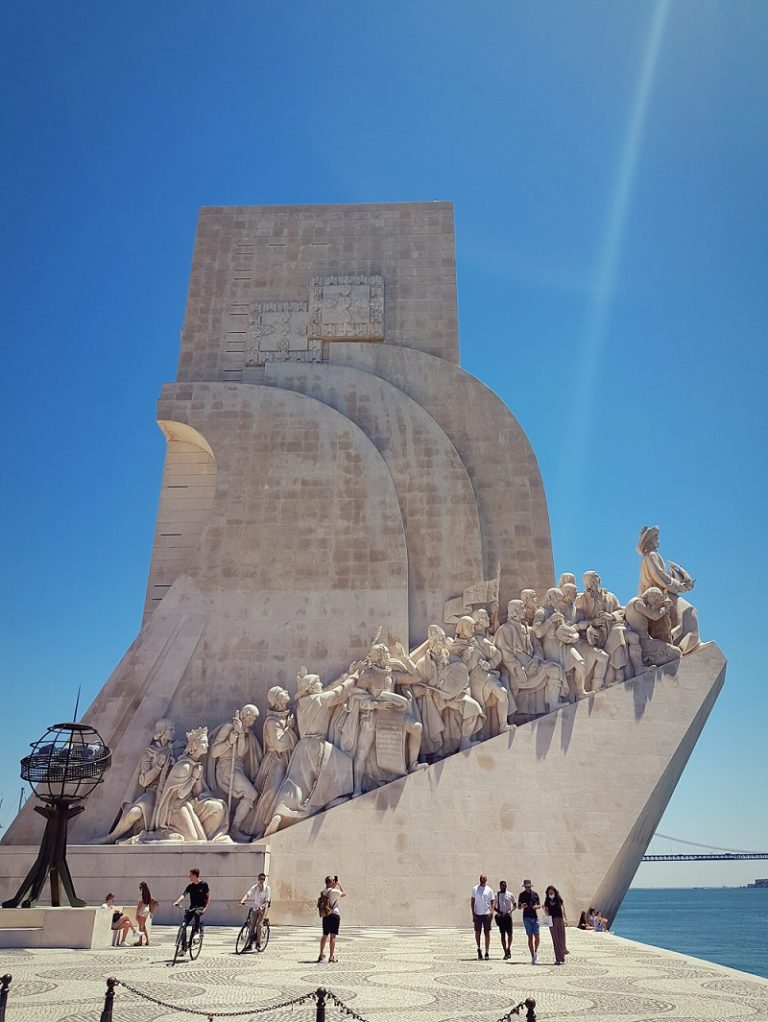
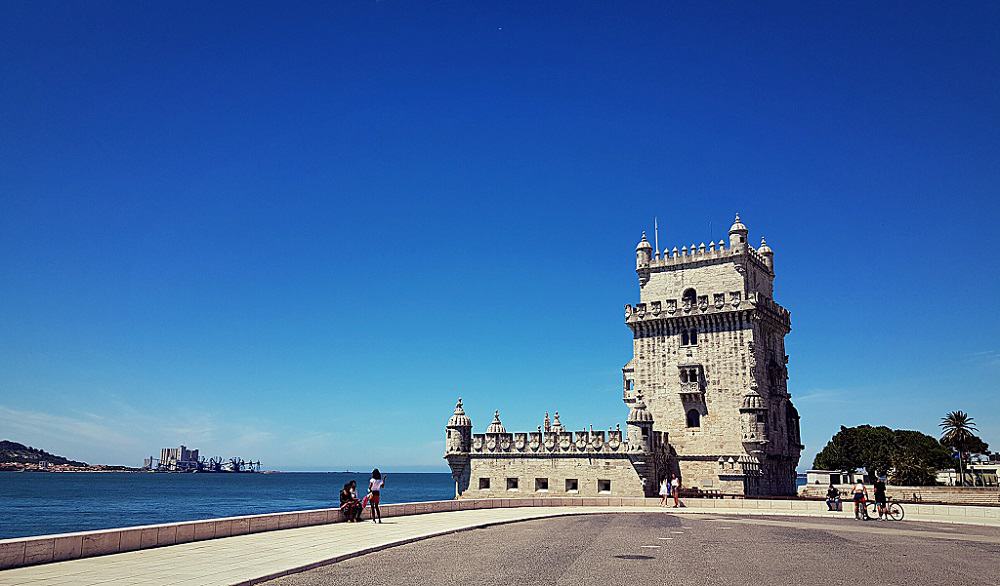

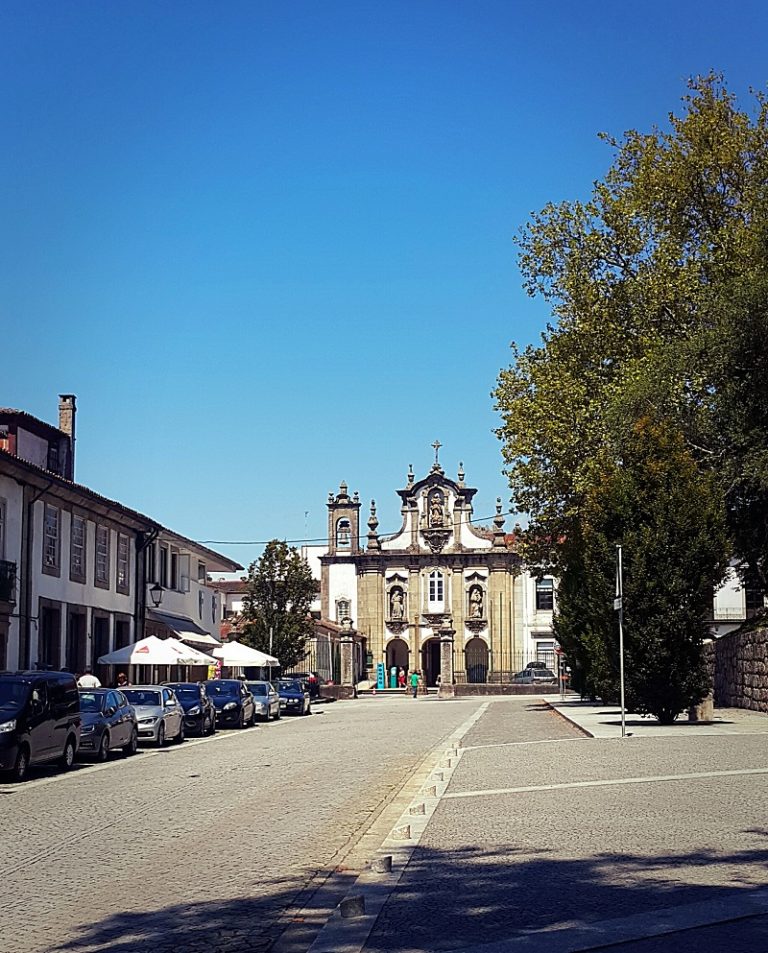
Influence & cuisine
Portugal’s global reach is by no means insignificant. This goes for all aspects including food. History has defined (well) the cuisine of Portugal as we know it. This was possible through trade and the exchange of ideas with other nations. Portuguese cuisine or the adaptation of is evident in many regions across the globe, including China, India, Jamaica & many parts of the world. Exploration and integration with other nations allowed for the adoption of many principles.
The Macanese cuisine of the Macau region in China was heavily influenced by the Portuguese. The same goes for the cuisine of Goa & Kerala of India. An example of a dish is Vindalho (vindaloo), an Indian curry based on the Portuguese carne de vinha d’alho
Japan is believed to have adopted a lot of its sweets (desserts) from the Portuguese since they introduced cane sugar to Japan. Portugal apparently also introduced the method of cooking, ‘tempura’ to the Japanese, through a dish named ‘Peixinhos da horta’ (which translates to “little fish from the garden”); this dish consists of various vegetables that are coated in a batter & then deep-fried.
Sponge cake (Pao de lo) is also believed to have influenced “Kasutera” of Japan & was based on the French ‘Pain de lof’, which was in turn derived from the Dutch ‘Loef’. All past colonies of Portugal including Brazil have dishes adopted from Portugal. Tea was introduced to England due to Portugal’s trade with China. The English adopted the marmalade from the Portuguese.
The famous Portuguese-themed South African restaurant chain ‘Nandos’ is based on Frango no churrasco.
The spice trade played a major role in the development of Portuguese cuisine. Due to this, a widespread of spices are present in various dishes across Portugal, with the most notable being Piri Piri (a small hot chili pepper). Other spices are cumin, coriander, black & white pepper, nutmeg, paprika, cloves, etc.
Herbs such as bay leaves, coriander, thyme, rosemary, mint & Parsley can be found on the list of aromatics. Azeite (Olive Oil) & Alho (Garlic) are what forms the basis of Portuguese cuisine. There is no shortage of meat, fish, seafood, fruit, and vegetables. Meats include pork, beef, poultry, with many dishes reflecting the flavors of the different regions. No part of the animal is spared, one can find dishes with anything from lung to blood. A rich charcuterie culture also stems from this tradition of meat consumption. With preparations such as Presuntu (ham, similar to serrano and parma ham), Chouriço, and Alheira, a sausage made traditionally with game and chicken and flavored with garlic.
The country’s lands are fertile, which means the agriculture scene is also prominent. The growing of a variety of crops, such as root vegetables, citrus fruit, stone fruit, berries, leaf vegetables & cork (to name a few) allows for the export of these goods around the world.
Portugal also has a rich long-standing fishing tradition thanks to its geo-location. The wide variety of fish & seafood include clams, mussels, octopus, squid, prawns, bass (Robalo), sardines, etc. Bacalhau (Salt cod) is the national dish, yet, native to North Atlantic waters. The tradition of preserving the fish in salt dates back to the 15th century when the salt cod became a staple among the Portuguese. Portugal has since held onto that tradition.
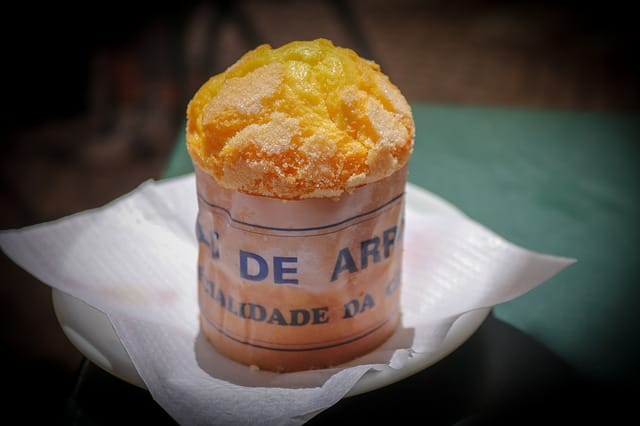
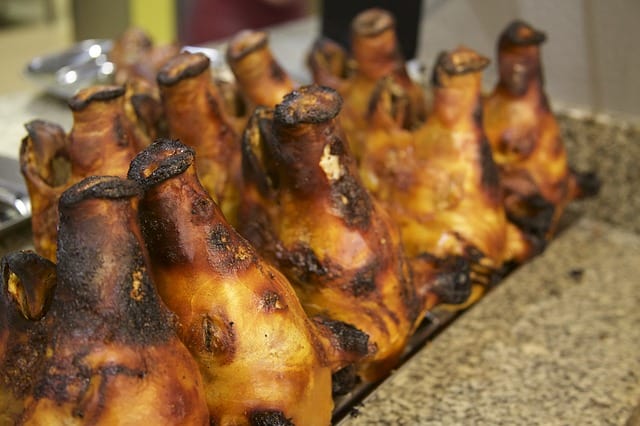
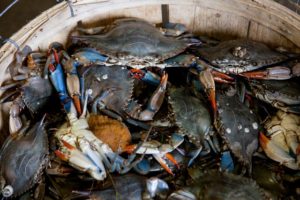
brief history of bacalhau
Started in the period of the Vikings. The Cod would be dried without a preservation medium & consumed by shipbuilders & conquerors during long voyages. They named it stockfish (stick fish) due to how hard it was after drying. Cod is especially suitable for drying due to its low oil levels.
The discovery of Newfoundland by Italian explorer John Cabot sparked the salt cod revolution.
Newfoundland’s waters were so abundant with Cod that Cabot began trading it in the form of stockfish (due to its popularity in Europe). This method seemed unsustainable and salting was introduced in order to upscale the production. It became somewhat popular in the Iberian peninsula. Soon, fishing camps were set up by the French, Portuguese, Basque etc.
The sugar industry boosted the salt cod & transformed it into an invaluable commodity. In the late 17th century, the Caribbean had allocated much of its land to cane production. This meant that land reserved for the production of food for the slaves working on the cane fields was minimal. Since the owners were unwilling to devote more land to this, the solution was Salt Cod.
This prompted traders of every nation to consider the production & trade of Salt Cod. Since it was a delicacy in some European regions, the separation by quality became the driving force. Slaves could be fed low-quality Salt Cod while that of higher quality could be sold to other regions.
The Portuguese adopted the Salt Cod (Bacalhau) as a staple and it is so important that there are apparently 365 ways to prepare it (1 for each day of the year). A lot of ex-colonies of Portugal still have Salt Cod embedded within the cuisine.
Along the banks of the Duoro River in Porto, stands “Muro dos Bacalhoeiros”, which translates to Wall of the Codfishers. This is where for centuries fishermen docked their boats to offload cargoes of Codfish.
Today Bacalhau is produced in Norway.
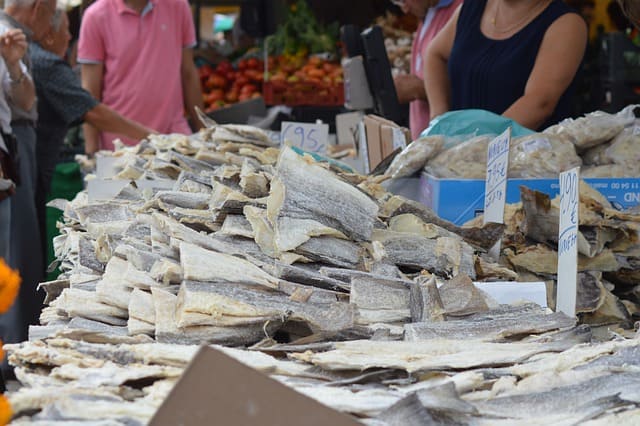
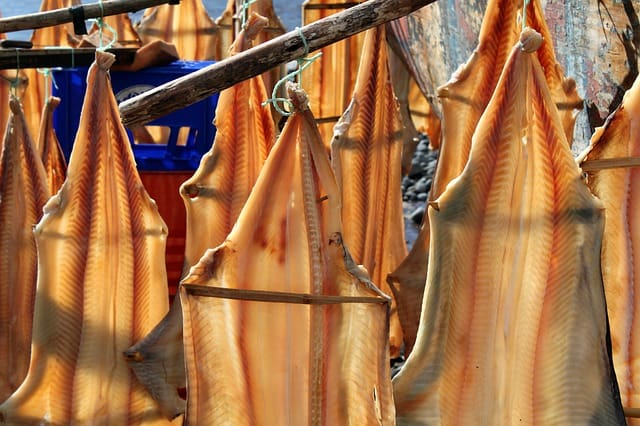
Flavors of Portugal
| Alheira | Chouriço | Melon varieties | Prawn |
| Almond | Cinnamon | Mint | Presuntu |
| Apple | Citrus Fruit | Mussels | Quail |
| Apricot | Collard | Octopus | Quince |
| Bacalhau | Corriander | Olive Oil | Rabbit |
| Banana (Madeira) | Couve (Cabbage) | Olive | Raspberries |
| Bay Leaf | Crab | Oysters | Root Vegetable |
| Beef | Duck | Patridge | Salsa (Parsley) |
| Blood (Pork, Chicken, Cow) | Farinheira (Flour & Pork fat sausage) | Passionfruit | Sardines |
| Blueberries | Feijão (Beans) | Peaches | Sole |
| Castanhas (Chestnut) | Garlic | Pinenuts | Squid |
| Cheeses | Grapes | Plum | Turkey |
| Cherries | Hazelnuts | Pork | Walnuts |
| Chicken | Mackarel | Potato |
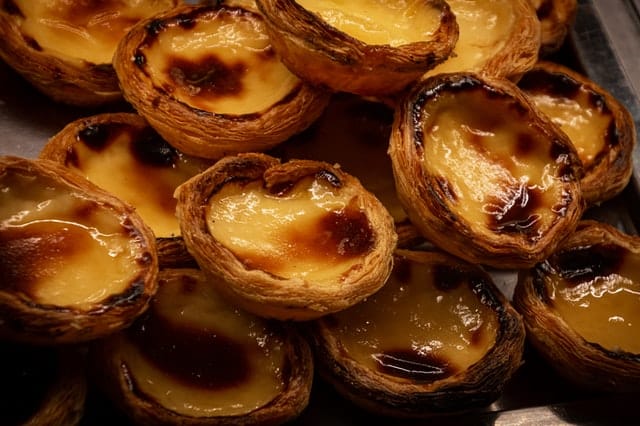
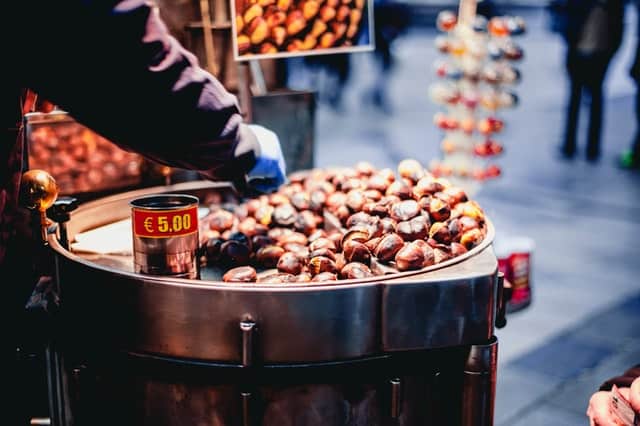
Some dishes of Portugal
Savory Caldereirada – Seafood stew w/ tomato, garlic, onion, peppers & potato |
Sweet Pão de ló – Sponge cake |
Drink Vinho Verde |
Conclusion
Portugal oozes character and history says it all. The food is as versatile as the regions that define the different dishes. One thing Portuguese cuisine does not lack is variety and versatility. There is no shortage of ingredients thanks to the geolocation of Portugal. Throughout the ages, the country has evolved to be somewhat of a tourist attraction thanks to its beauty and splendor. Even with this evolution, the Portuguese have done a good job of preserving well the food culture.
